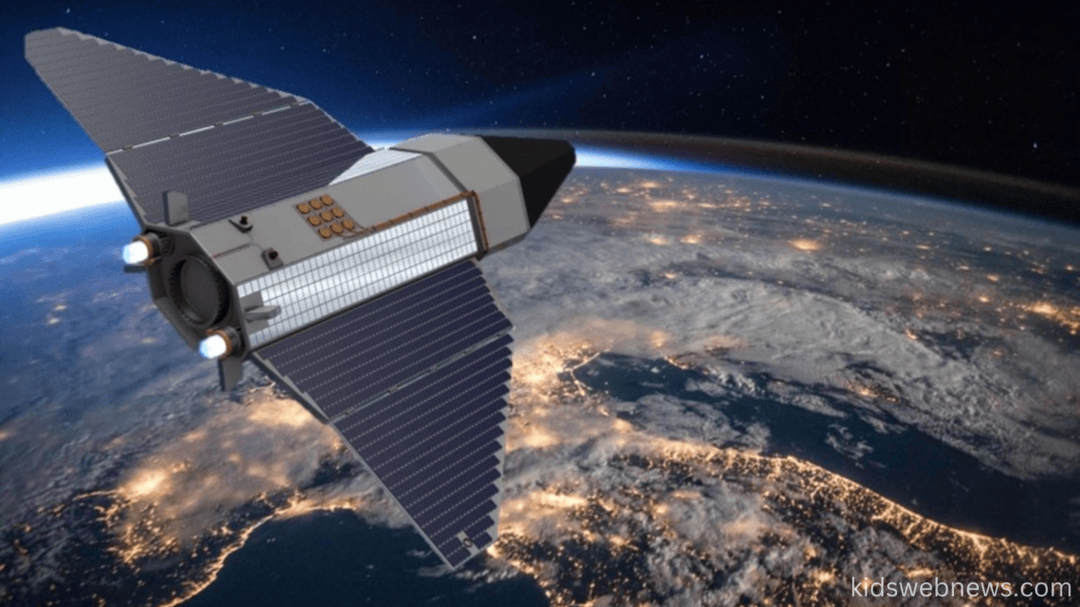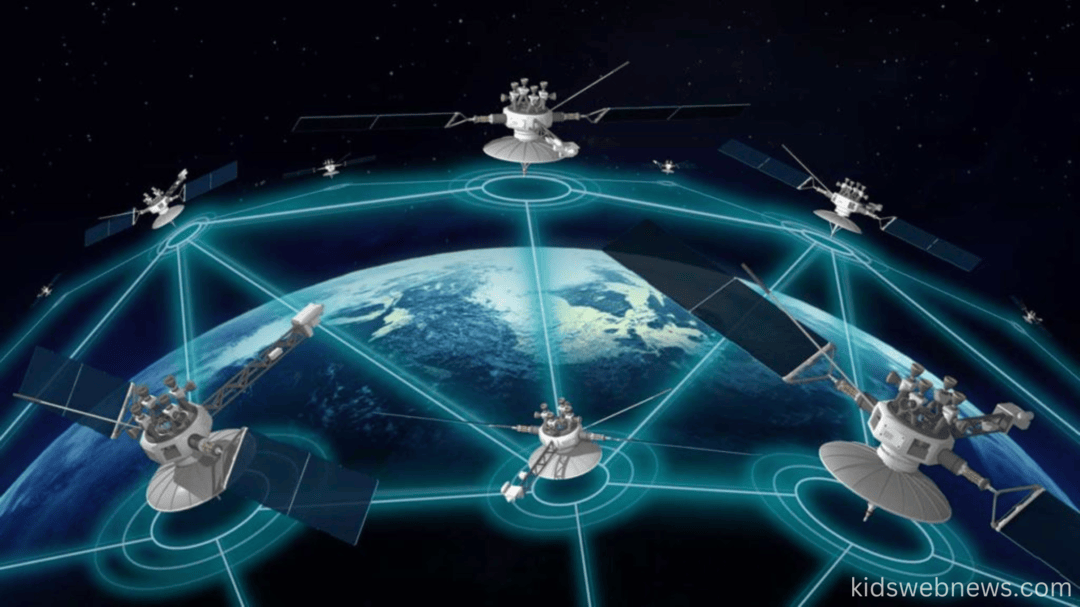The space industry is transforming with the emergence of Sky Skimmers, a new class of satellites operating in Very Low Earth Orbit (VLEO). Positioned closer to Earth than traditional satellites, Sky Skimmers promises groundbreaking improvements in surveillance, communications, and scientific research.
As competition intensifies, aerospace companies and government agencies are investing heavily in the technology. But what makes Sky Skimmers unique, and why are they considered the future of satellite technology? This article explores the mechanics, benefits, challenges, and future potential of Sky Skimmers.
Understanding Sky Skimmers and VLEO
What Are Sky Skimmers?
Sky Skimmers are satellites that operate at altitudes below 400 km, significantly closer to Earth than conventional low-earth orbit (LEO) satellites. These advanced spacecraft rely on innovative propulsion systems to counteract atmospheric drag, allowing them to maintain an orbit at lower altitudes.
What Is Very Low Earth Orbit (VLEO)?
VLEO is loosely defined as the region below 400 km and as low as 100 km above the Earth’s surface. At these altitudes, satellites experience significant atmospheric drag, requiring efficient propulsion to sustain their orbit.
The Science Behind Sky Skimmers
Orbital Mechanics and Drag Resistance
To remain in orbit, satellites must balance gravitational pull and forward momentum. In VLEO, atmospheric molecules exert drag forces on satellites, pulling them toward Earth. To counteract this, engineers are developing new propulsion technologies.
Air-Breathing Electric Propulsion (ABEP)
One of the most promising innovations for Sky Skimmers is Air-Breathing Electric Propulsion (ABEP). This system collects atmospheric molecules, ionizes them, and expels them to generate thrust, allowing satellites to sustain long-term orbits in VLEO without carrying large fuel reserves.
Benefits of Sky Skimmers
High-Resolution Earth Imaging
Operating closer to Earth means Sky Skimmers can capture sharper, more detailed images for applications in military surveillance, environmental monitoring, and disaster management.
Faster Satellite-Based Communication
Being closer to Earth reduces signal latency, making Sky Skimmers ideal for real-time communication networks and next-generation internet services.
Reduced Space Debris
Unlike traditional satellites that can become permanent space debris, Sky Skimmers naturally deorbit and burn up upon re-entry, promoting a self-cleaning orbital environment.
Cost-Effective Deployment
Launching satellites into VLEO requires less energy than higher altitudes, leading to lower launch costs and more frequent deployments.
Challenges and Limitations
Atmospheric Drag and Orbital Decay
Without effective propulsion, Sky Skimmers face rapid orbital decay due to atmospheric resistance. Advanced ion propulsion systems are crucial for sustained operation.
Increased Solar Activity Sensitivity
Fluctuations in solar activity can expand Earth’s atmosphere, increasing drag and impacting satellite stability. Accurate space weather forecasting is necessary to mitigate risks.
Limited Operational Lifespan
Even with propulsion, VLEO satellites may have shorter lifespans than traditional satellites, requiring frequent replacements or refueling solutions.
Regulatory and Safety Concerns
Navigating VLEO traffic requires strict coordination to prevent collisions and minimize risks to existing spacecraft.
The Future of Sky Skimmers

Ongoing Research and Development
Several aerospace companies and agencies, including NASA, Redwire, Kreios Space, and the European Space Agency (ESA), are pioneering Sky Skimmer technology.
- Redwire’s SabreSat: A modular orbital drone designed for prolonged VLEO missions.
- ESA’s Skimsat Project: Aims to develop efficient, aerodynamic satellites for sustainable VLEO operations.
- Kreios Space’s ABEP Prototype: A small satellite testing air-breathing propulsion technology in orbit.
Military and Commercial Applications
Sky Skimmers are attracting significant interest from defense agencies for surveillance operations and high-speed communications. Commercial companies envision next-generation internet constellations that rival SpaceX’s Starlink.
The Role of AI in VLEO Operations
AI-driven autonomous navigation and adaptive propulsion systems will be crucial in ensuring efficient orbital stability and resource optimization.
Frequently Asked Questions (FAQs)
What makes Sky Skimmers different from traditional satellites?
Sky Skimmers operate at much lower altitudes, offering higher image resolution and reduced communication latency compared to traditional satellites.
How do Sky Skimmers stay in orbit despite atmospheric drag?
They utilize Air-Breathing Electric Propulsion (ABEP) or ion thrusters to continuously counteract drag and maintain altitude.
Are Sky Skimmers better for the environment?
Yes, they naturally deorbit and burn up, preventing long-term space debris accumulation.
What are the biggest challenges for Sky Skimmers?
The main challenges include atmospheric drag, solar activity fluctuations, shorter operational lifespans, and regulatory concerns.
How soon will Sky Skimmers be operational?
Demonstration missions are planned for 2026-2028, with full-scale deployment expected by 2032.
Can Sky Skimmers improve internet connectivity?
Yes, their lower altitude allows for faster, low-latency communications, improving satellite-based internet services.
Are governments investing in Sky Skimmer technology?
Yes, entities like the US Department of Defense, ESA, and UK Space Agency are funding development programs.
Will Sky Skimmers replace traditional satellites?
Not entirely. They will complement existing satellite networks by providing enhanced imaging, communications, and real-time data collection.
Conclusion
The future of satellite technology is evolving, with Sky Skimmers leading the charge in Very Low Earth Orbit (VLEO) innovation. Their potential for high-resolution imaging, real-time communication, and reduced space debris makes them a game-changer in aerospace technology. While challenges remain, ongoing research, government investments, and technological advancements are paving the way for a new era of space exploration.

